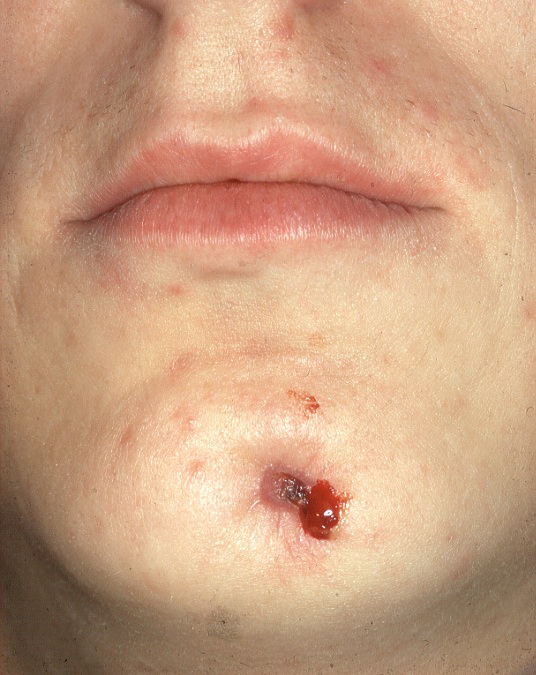Sinus tract






An abscess that perforates into the oral cavity, or (rarely) onto the skin, forms a fistula (sinus tract). An open fistula is a sign of an acute infection. Formation of a fistula is usually followed by the disappearance of symptoms, as pus and pressure are released. The most frequent cause for a fistula is apical periodontitis, but a fistula may also develop from periodontal lesions.
A fistula scar may be a sign of a process that was earlier acute but was later scaled down so that the fistula was closed. However, a closed fistula does not necessarily mean a healed process, it only indicates a new type of balance between the host defence and the microbial attack in an ongoing process. After root canal treatment, the fistula may also heal by scar formation.
Always, when a fistula is detected, a fistulograph must be taken to localise the origin of the infection. A size 25/30 gutta-percha point is carefully introduced into the fistula with the help of tweezers. It will usually penetrate to a depth of 10 - 20 mm.